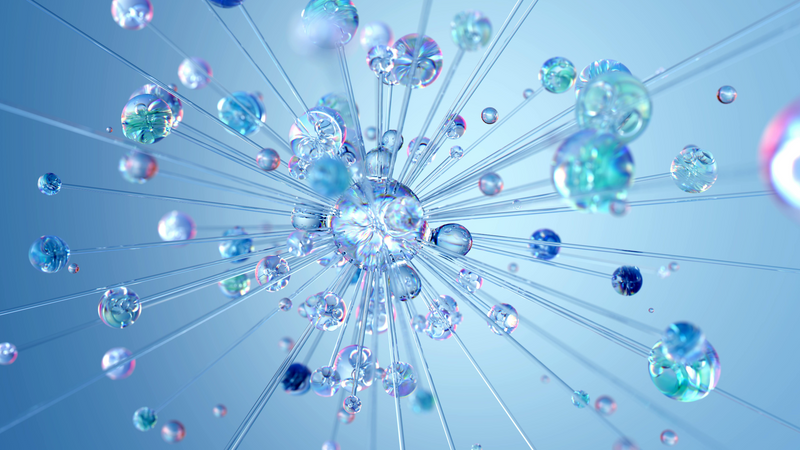2024.11.04
The World of Artificial Fragrances: The Science of Fragrance and the Journey of Creation

Artificial fragrances, which are essential to the scent of perfumes and cosmetics, play a very important role in the modern fragrance industry. By chemically reproducing the scents of natural plants and flowers and creating new scents, we are increasing the selection of scents and ensuring a stable supply. Let's unravel the process of how artificial fragrances are made and think about the science and technology behind the creation of fragrances.
1. Analysis of Fragrance Components: Unraveling Nature with Science
The first step in creating an artificial fragrance is to thoroughly analyze the components of fragrances found in nature. For example, techniques such as gas chromatography and mass spectrometry are used to investigate the molecules that make up the scent of flowers such as lavender and jasmine. These analyses identify which molecules produce the scent and understand how each component contributes to the overall fragrance.
This stage is an important step not only to deepen the scientific understanding of scent, but also to lay the foundation for synthetic fragrances: by obtaining the "blueprint" of the scent of natural materials such as flowers and fruits, the chemical reactions and synthetic processes to reproduce it are revealed.
2. Chemical synthesis: creating scent molecules
Once the components of a fragrance are identified, the next step is to chemically reproduce its molecular structure. For example, "esterification" is used to create fruity fragrances. This is a method of reacting acids and alcohols to create compounds called "esters," which create the sweetness and fruitiness of ripe fruit. To recreate the scents of musk or vanilla, "alkylation" or "oxidation" is used to add alkyl groups to molecules, creating a warm, deep scent.
In these chemical synthesis processes, scientists pay close attention to the molecular structure in order to faithfully reproduce the actual scent. The molecular arrangement and bond strength are carefully adjusted to avoid changing the subtle nuances of the scent. Fragrance synthesis experts create scents that are close to nature and new scents through repeated trial and error.
3. Blending: Seeking harmony in aroma
Once the chemical synthesis of the fragrance is complete, the next step is to blend the fragrance. Artificial fragrances create a fragrance with depth and complexity by blending multiple fragrances, not just a single fragrance ingredient. For example, by combining a warm fragrance like musk with a fresh fragrance like citrus, a unique fragrance with a refreshing warmth is created.
Blending is a creative process that seeks balance and harmony in fragrances. In this process, fragrance designers and perfumers use their years of experience to find the perfect harmony, since the impression of the fragrance changes greatly depending on which ingredients are mixed and in what amounts.
4. Stability and safety testing: commercializing fragrances
Once a fragrance is complete, it must be tested to see if it can actually be used. Since artificial fragrances often come into contact with the skin, they are carefully examined for skin irritation and allergies. In addition, to ensure that the product retains a stable scent over the long term, resistance to light and temperature changes is also evaluated. Only after passing these tests can a fragrance be used in perfumes and cosmetics.
5. Large-scale production: Preparing the scent for delivery
Finally, fragrances that pass the tests move on to the large-scale production stage. Many fragrance manufacturers have set up chemical plants and manufacturing facilities to supply large quantities while maintaining a stable quality. All of these detailed processes are repeated before the fragrance reaches the average consumer.
The science of fragrance and its future
The production of artificial fragrances continues to evolve with scientific advances. With the creation of new scents that do not exist in nature and the development of more eco-friendly fragrances, the scents of the future will be more diverse and creative. The technology that pursues the delicate sense of scent through science and adds color to our daily lives will continue to fascinate us in the future.
Born in 1982. After graduating from Gakushuin University, he completed a master's course at Lancaster University in the UK. After returning to Japan, he worked in the fragrance industry and produced numerous products. In 2010, one of his produced products won the Japan Fragrance Grand Prize. Since establishing the fragrance manufacturer "Scent Nations" in January 2012, in addition to planning and developing the original brand "Show Layered," he has used the strengths of his unique network to combine various content with fragrances and produce products for numerous celebrities, athletes, and brands.
